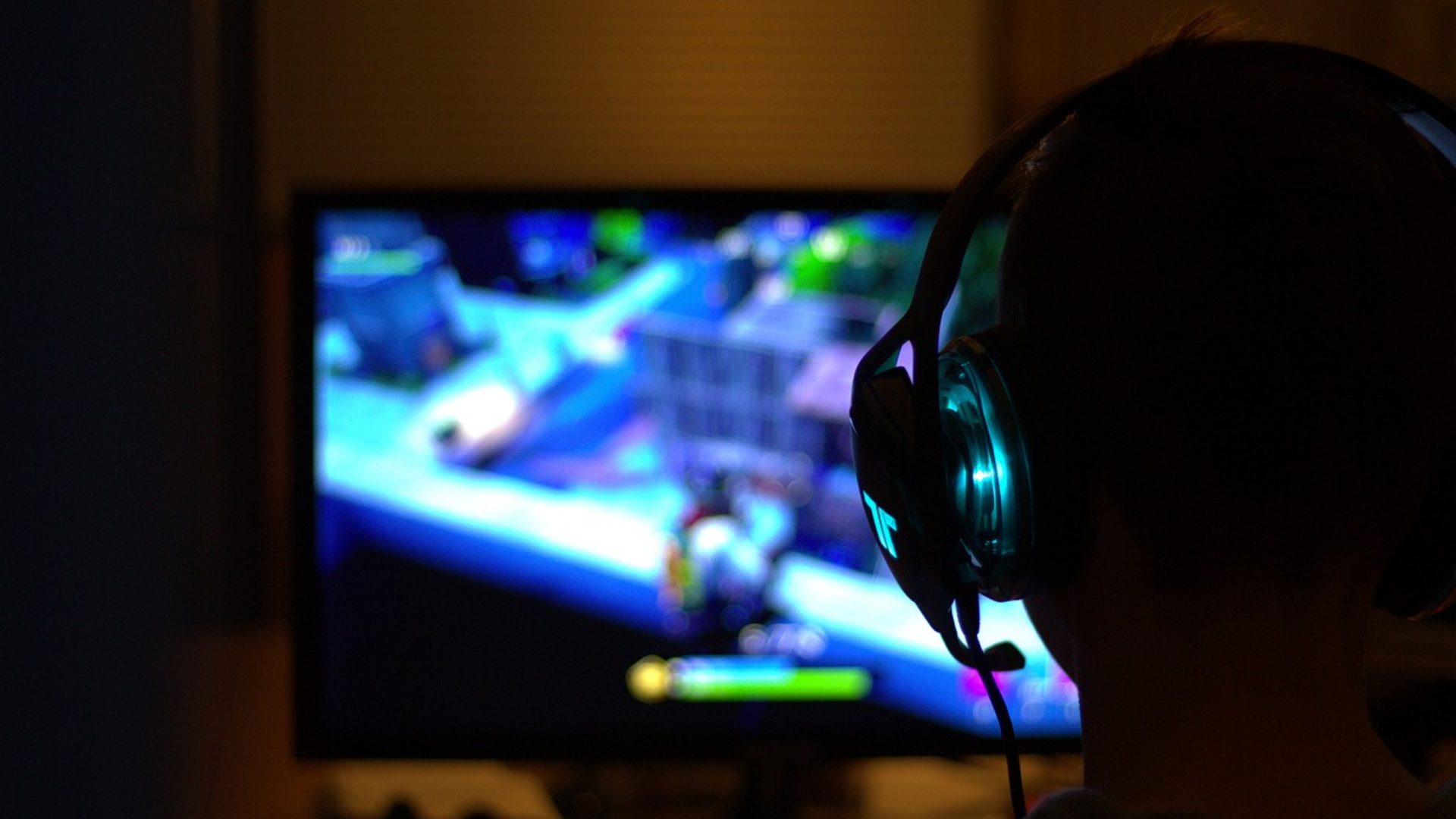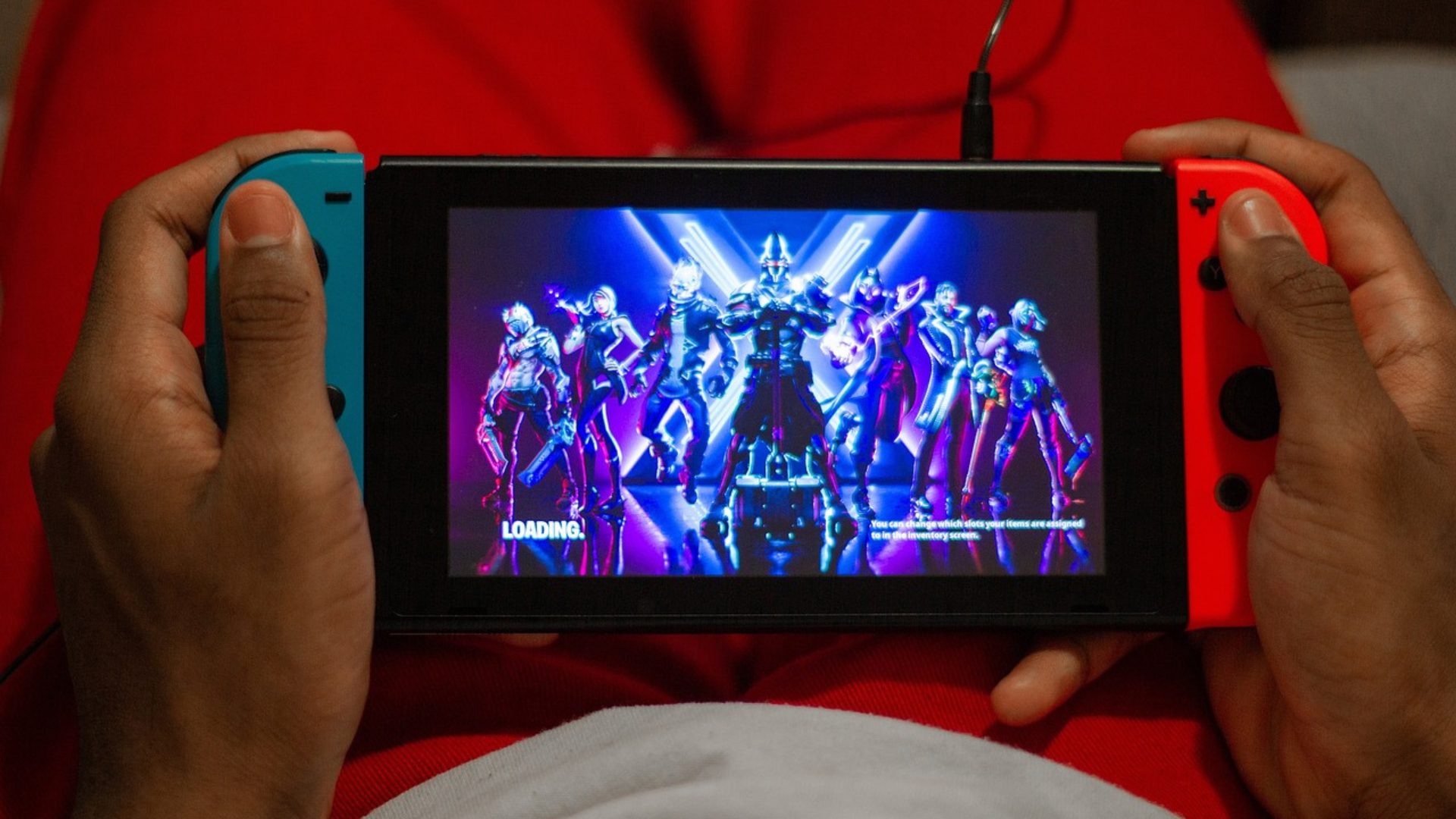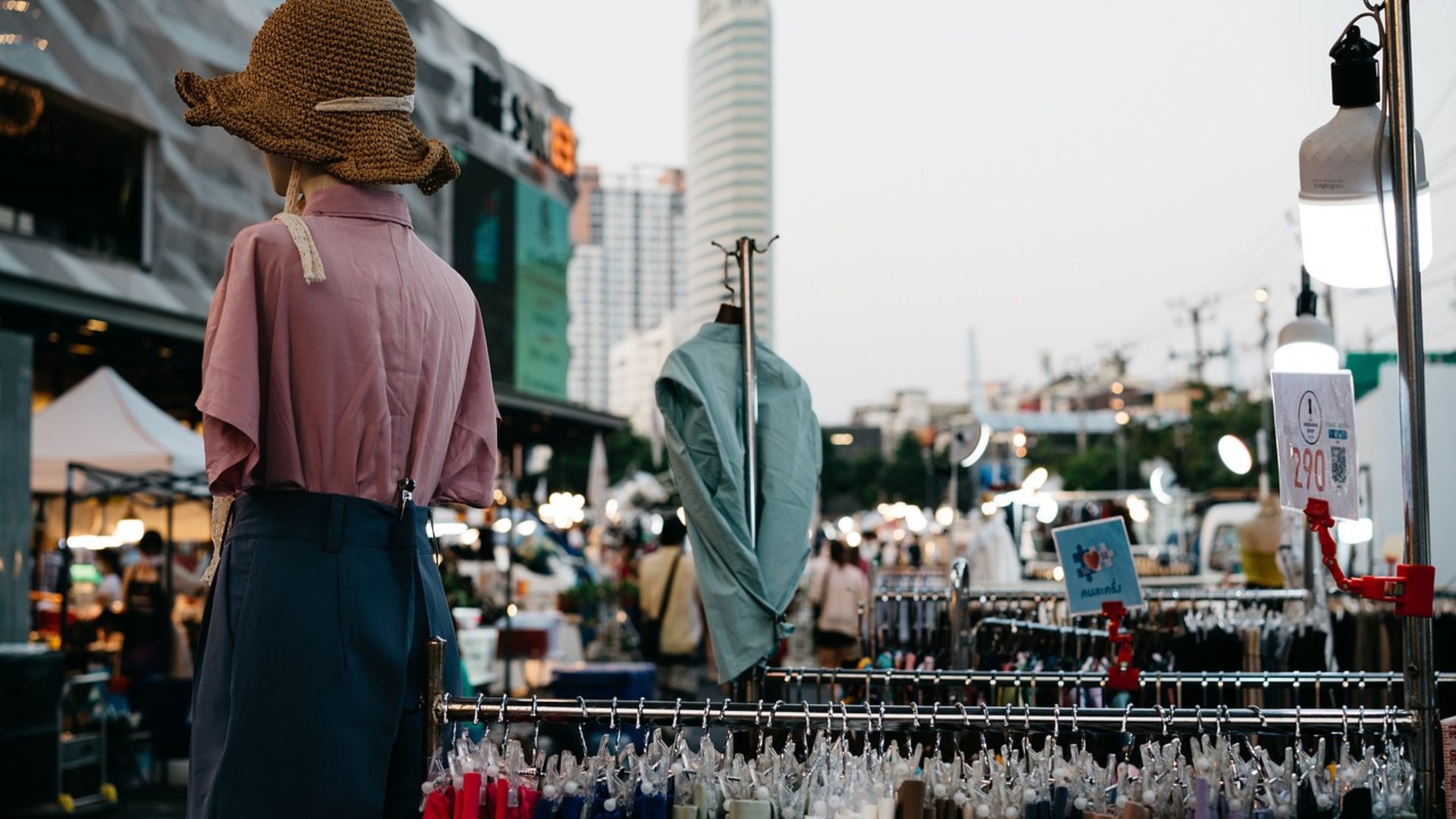Having the chance to personalize characters in video games by means of skins and pieces of clothing is a universally admired aspect. It reflects our style and psyche, transforming gaming into an innovative vehicle for self-expression. Recent advances in 3D production and the Metaverse provide unexampled opportunities for fashion in gaming, indicating the direction towards a future where fashion tastes and gaming become even more enmeshed.
The coming together of fashion and gaming is something that intrigues the market. This unique mix of two distinct cultures opens a world of possibilities – but which elements from each will prove to stay the course? Will there be any clashes or will a new culture be created from this union? It’s an engrossing topic worth discussing.
Gaming Glam: The Fusion of Style and Play
The gaming sector has certainly become the darling of the fashion world, as they strive to capture the attention of the younger generation by introducing virtual clothing and accessories within games, such as those at Joe Fortune and other similar platforms. This creative approach encourages players to become more emotionally involved with the games and demonstrates a company’s innovative spirit in blending gaming with fashion completely.
Luxury fashion brands have latched onto video game developers in order to reach out to the vast majority of male players from ages 12 to 40 as these are the consumers who are most likely going to invest in in-game avatar skins.
This is particularly pertinent due to the Generation Z factor, who happen to be tech-adept and rather happy to spend a noticeable fortune each year on video game accessories and accompanying content downloads. To put a perspective on this, a 2020 survey conducted by the National Retail Federation concluded that adolescents in this age bracket spend an average of over seven hundred US dollars every year on these purchases.

Gaming Glam: The Fusion of Style and Play
Fashion has made its way into the gaming sphere and revolutionized how shoppers communicate and connect with their beloved labels. This inspired a plethora of cooperative efforts between fashion and gaming throngs.
Fashion with a Game Twist – The New Collection
Undoubtedly, the partnership between gaming and fashion offers undeniable advantages for everyone involved. Not only does it enable people to enjoy stylish virtual designs from renowned fashion designers at lower costs, it also provides an excellent promotional platform for fashion houses. Simultaneously, video game creators benefit by gaining a foothold in their competitive market. Here are some of the most talked-about unions in this field.
Balenciaga
The iconic fashion house recently ventured into a new partnership with Fortnite, created by Unreal Engine. This merger is expected to push the limits between real life and the virtual one further. As a result of this collaboration, gamers of Fortnite can now adorn their characters with an exclusive Balenciaga look, as well as buy exclusive clothing items inspired by the game, such as t-shirts, caps, leather jackets, shirts, and hoodies. Plus, the range is unisex, with sizes ranging from XS to L.

Fashion with a Game Twist – The New Collection
Balenciaga took a big daring step by introducing its Fall 2021 collecton via the virtual game Afterworld: The Age of Tomorrow. Set in the realm of a dystopian Balenciaga store, the game offers a Lookbook displaying the avatar fashion. According to GQ, this method of showcasing their garments is more captivating than simply selling caps with the logo inscribed on it.
Louis Vuitton
Riot Games collaborated with Louis Vuitton and League of Legends to highlight the integration of the luxury industry into Augmented Reality (AR) retailing, Artificial Intelligence, and 3D fashion and textile design tools. As a result, the collective dreamt up two distinct in-game skins that proved to be organic-looking fits that seamlessly incorporated into the game, not simply as a form of product placement.
Ralph Lauren
Ralph Lauren has joined the likes of Balenciaga and Louis Vuitton in partnering up with Zepeto. Together, they have created a 50-piece virtual clothing collection. Zepeto is a social media platform that enables its users to make 3D digital replicas of themselves from a photo. With this partnership, users have access to unique apparel for their avatars that can be found within the Ralph Lauren flagship stores in New York City. Moreover, they can aesthetically engage with the collection in these virtual stores as well.
What’s Next?
The possibilities are endless when it comes to gaming and fashion! Luxury brands have taken the lead in showing just how far they can go beyond traditional boundaries. As this trend continues to grow, more firms will likely join forces with game designers to reach out to the younger people and gain their loyalty.

What’s Next?
Clothing companies are investing in the world of mobile gaming, highlighted by Kenneth Cole’s collaboration with Zynga. This game gives people the ability to dress up their avatars with Pride attire inspired by the LGBTQIA+ community.
The fusion of virtual and augmented reality is something that the gaming and fashion industries can very well look forward to. This would enable gamers to get a glimpse of themselves donning actual apparel items in the virtual realm, or to try different pieces of clothing in AR. The whole experience promises to be quite immersive and engaging.
By 2023, the use of blockchain technology in combination with AI could introduce an innovative way for the fashion professionals and interactive media industry to provide their customers with exclusive virtual items such as NFT skins that are of value and limited in availability.
Final Thoughts
In conclusion, as the relationship between these two industries grows, there is significant potential for both new and greater income sources, such as through collaborations and even creating entirely new industries.
The merging of fashion and gaming brings along a plethora of chances to tackle sustainability-related issues in the global garment industry. Design graduates can find fresh pathways here, engaging with fashion solutions in the digital realm and even creating digital-only pieces of clothing.









